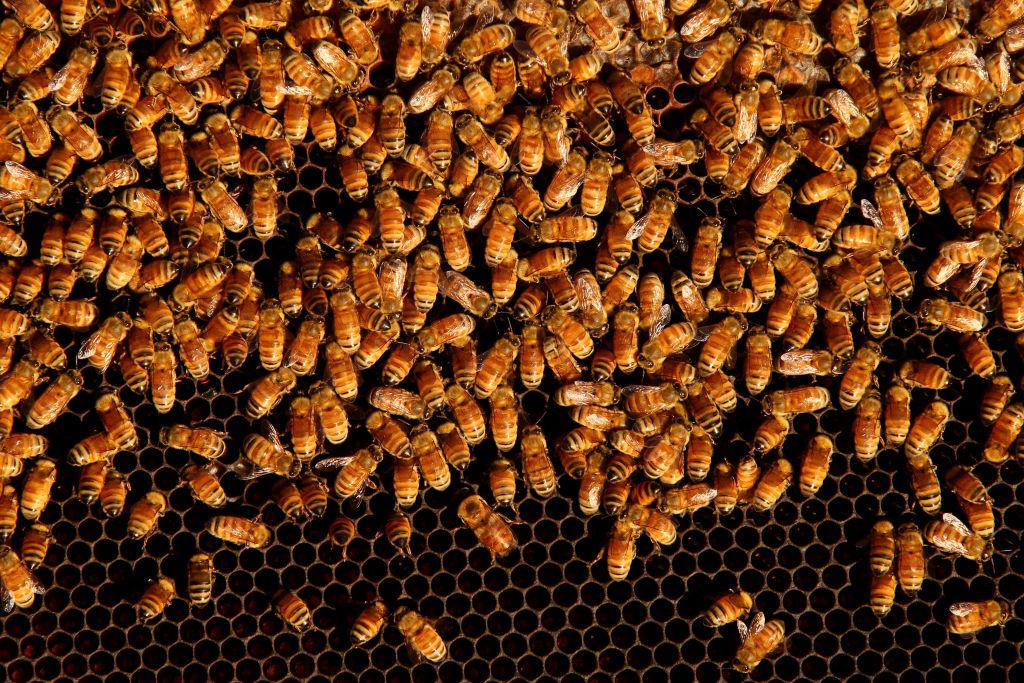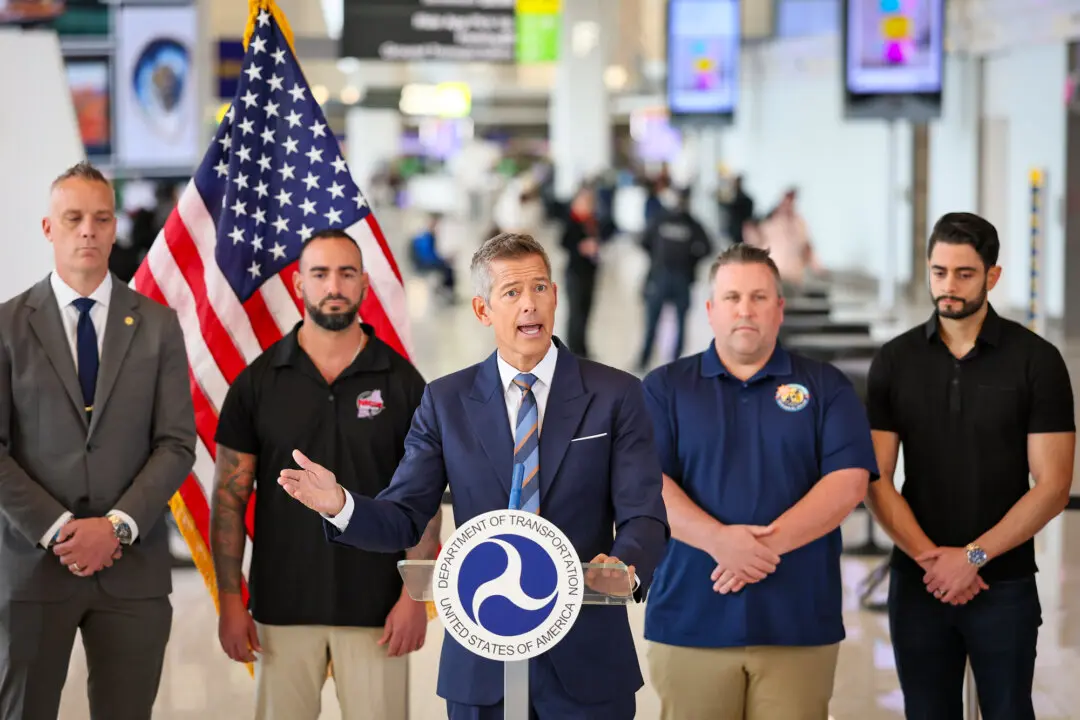Scientists are beginning to leverage artificial intelligence to understand communication between animals ranging from bats to sperm whales, while some researchers are demonstrating how such technologies can be used to manipulate creatures.
One method of investigating animal sounds is through bioacoustics which uses digital recorders on animals or near animal habitats to record sounds made by the creatures, Karen Bakker, a professor at the University of British Columbia, said in an interview with the Scientific American. An attempt is then made to match the sounds with corresponding actions to interpret the meaning behind sounds. Since the data collected tends to be vast, artificial intelligence is being used to sort through the information and detect patterns of communication.





